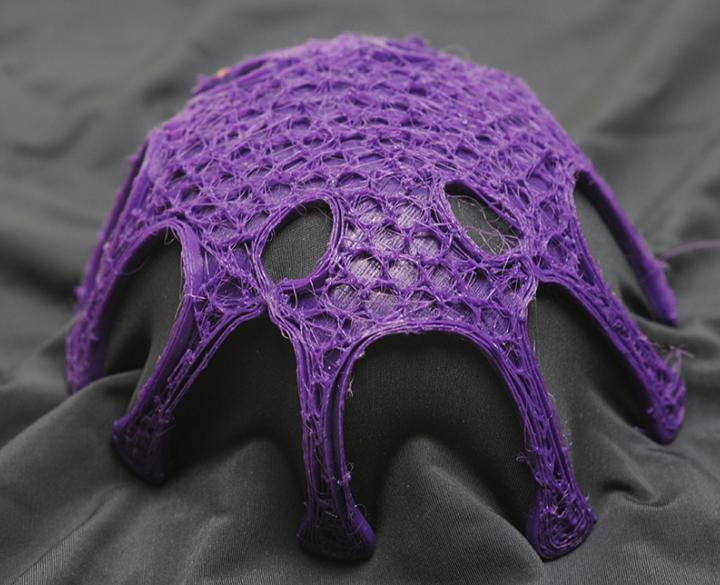The recent trend in favour of the production and distribution of products with a higher added value opens a market in Europe for high-end functional or custom-fit products that will distinguish itself from the large-scale standard production in low wage countries. In addition to a focus on the functional aspect of products, there is now a growing demand for a higher level of comfort. In apparel, for example, there is an increasing demand for custom-fit products improving the wearer’s comfort.
One of the main challenges is to find a balance between functional performance, comfort and aesthetics. This is particularly the case for high-value apparel such as sportswear and workwear. Current production technologies for custom-fit textiles require the production of a minimum quantity of pieces to make them profitable or will need several manual - expensive - production, assembly or adaptation steps. New and rapidly emerging technologies such as 3D printing and body scanning can be beneficial to the fabrication of perfectly fitting and functional textiles.
Therefore, it is necessary to configure the digital process from body scanning to the 3D printing of the required fitting parts on textiles.
Goals
The F³D Print project intends to develop and evaluate a very innovative process that will bring product customisation to the next level. The direct 3D printing of functional add-ons on textiles will introduce a more customer-specific approach. In combination with the modern scanning technology, the whole creative process becomes a digital one resulting in a perfectly fitting product.
Objectives
- Definition of materials needed for 3D printing of textile applications
- Development of new materials for 3D printing
- Development of filaments for FDM technology or compounds for other extrusion-based technologies
- Conversion of person specific data from digital scanning into 3D CAD model for 3D printing
- Better understanding of the mechanisms of 3D printing and factors determining good adhesion between printed polymer materials and textiles
- Investigation of 3D printing conditions, correlation between adhesion ant textile structure and influence of pre- and post treatment steps
- Development and identification of standards to test 3D printed polymer/textile composites
- Realisation of demonstrators
Economic potential
The use of digital technologies for small series and fast changing production processes will lead to a more coste effective process while enabling a local production.
The comparison between conventional production techniques and additive manufacturing (3D printing) shows that the benefits of additive manufacturing lies in lower units production, both in cost and processing time (from model to end-product through digital processes).
The F³DPrint project will develop a new methodology to generate a customer fit profile (modelled from the scanned data) with acceptable additional costs that can be used directly for 3D printing on textiles to create a customised product that fulfils the comfort needs of the customer.
Project consortium
Research tasks are performed by Centexbel and Hochschule Niederrhein (FTB) supported by Forschungskuratorium Textil (FKT). Both research centres have been exploring the possibilities of direct 3D printing on textiles. The expertise from previous research will be included into a new production concept that will result in a faster and economically more viable production of customised textile products.
An international user committee (UC) of the sportswear, workwear, orthopaedic and military textile industry and the compounding, polymer and filament production, will monitor the progress and the industrial relevance of the project. The UC will be informed on a regular basis on the progress and will have the opportunity to steer the project to short to medium term implementations.




